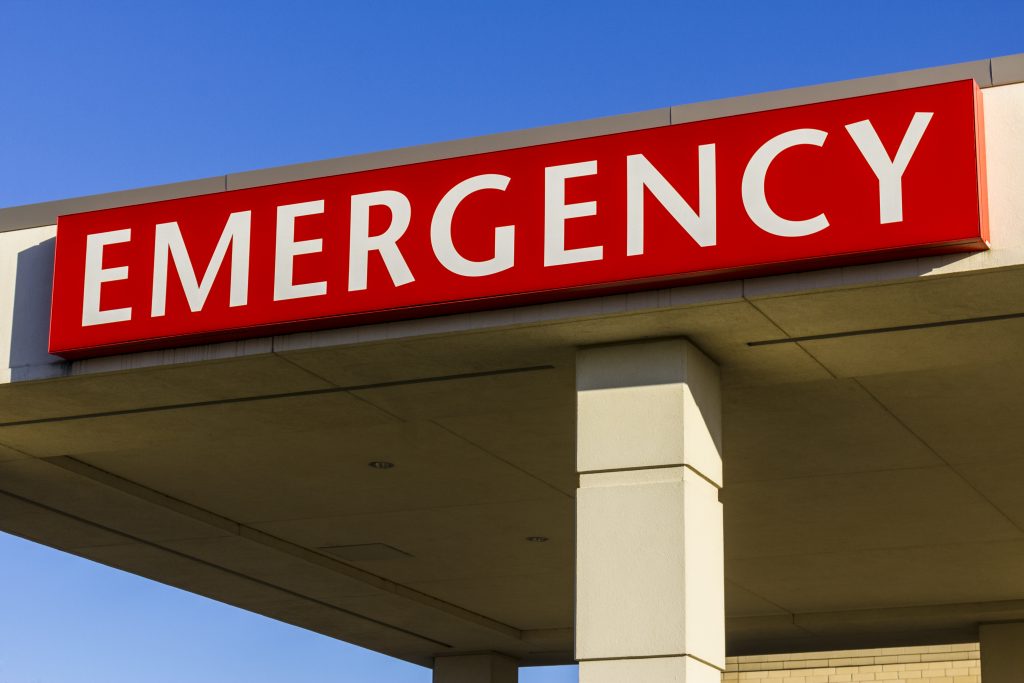When an emergency strikes, people seek emergency medical care immediately. Countless lives are saved each year as a result of the prompt action that emergency workers do. While many hospitals are well equipped to handle several emergency cases every day, few emergency departments can manage a large-scale disaster. Here are four ways to prepare your health facility in case a disaster occurs.
Keep your emergency transport ready
Accidents and disasters can happen anytime, anywhere, and without warning. Ensure you can quickly respond by keeping your fleet of ambulances ready at all times. It also essential to make sure that all of them are in working condition. For instance, ensure all vehicles have working beacon lights, which are always available for sale. Your emergency vehicles should also have emergency medical supplies and equipment.
Extend your resources
If your hospital is in an area with a high population density, chances are you are already operating at full or near full capacity. Extend your facility’s services by providing additional services and rooms. If that seems too costly, create a network with other health facilities so you could help patients move to larger hospitals.
Create an Emergency Network
Make sure to stay connected with emergency providers, government agencies, and other facilities that can help people who are affected in a disaster. Work with the experts and make sure you have the right equipment such as ambulances and air transports to move people to safer areas or better facilities.
Health facilities have a crucial role to play during disasters, and this not only includes medical equipment or personnel, but also the vital communication network necessary during such times. When you have these in place in your facility, you can make sure that you save even more lives and provide aid to more people than you thought possible.

